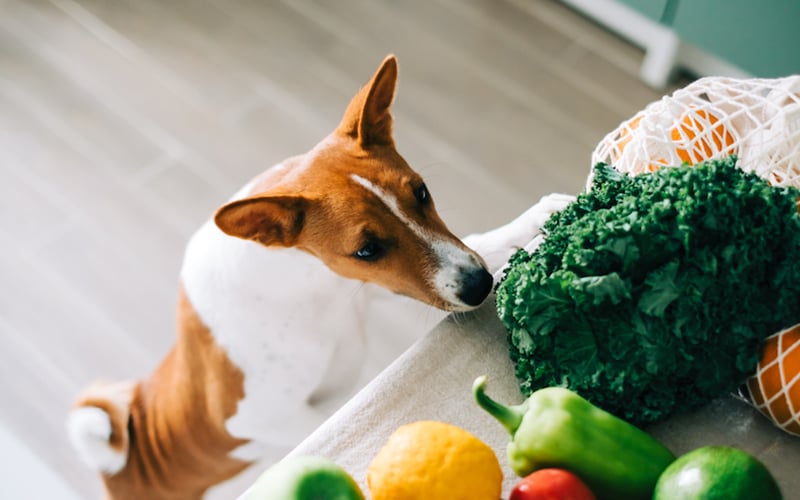When your furry friend gazes longingly at your salad or sniffs around the kitchen while you chop veggies, you might wonder: Can dogs eat vegetables? The short answer is yes—many vegetables are safe and even beneficial for dogs.
However, not all veggies are created equal. This guide dives into the benefits, risks, and best practices for feeding vegetables to your dog, ensuring their diet remains healthy and tail-waggingly delicious.
Why Vegetables Are Good for Dogs
Vegetables pack a nutritional punch that can complement your dog’s diet. Here’s how they help:
- Vitamins & Minerals: Vegetables like carrots and spinach provide vitamins A, C, and K, along with potassium and iron.
- Fiber for Digestion: Fiber-rich veggies (e.g., pumpkin) aid digestion and prevent constipation.
- Low-Calorie Snacks: Ideal for weight management, veggies like green beans offer crunch without excess calories.
- Antioxidants: Broccoli and sweet potatoes combat inflammation and support immune health.
Safe Vegetables for Dogs
Not all options are created equal when it comes to feeding your dog vegetables. While some veggies are packed with nutrients and health benefits, others can be harmful if not prepared correctly. Below is a comprehensive A-Z list of vet-approved vegetables that are safe for dogs when prepared properly. Each entry includes tips on how to serve them and their specific health benefits.
1. Carrots
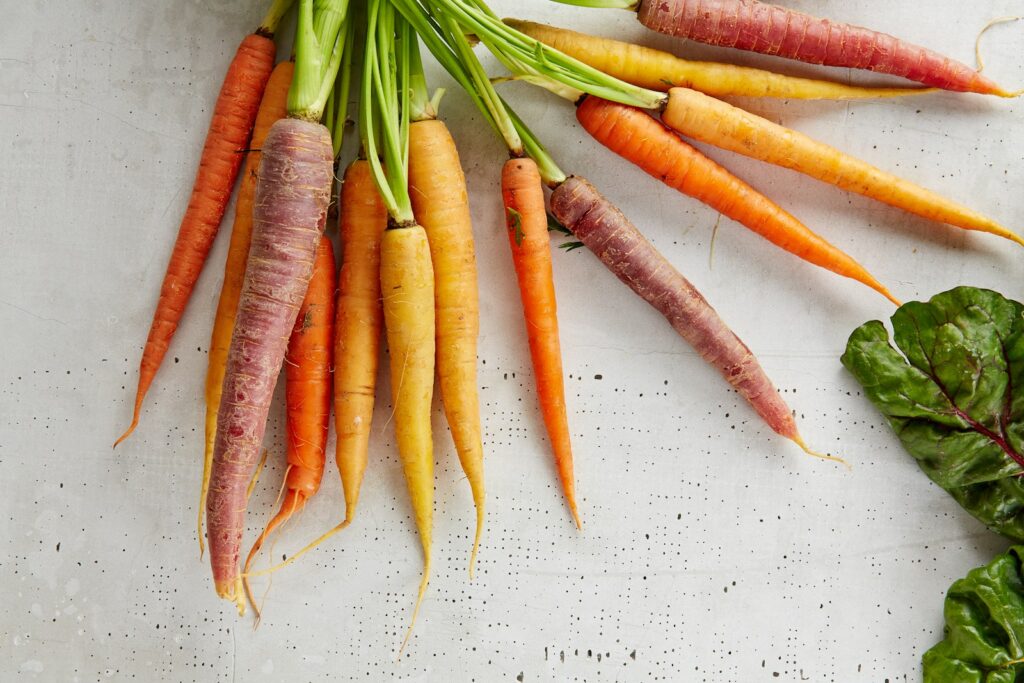
- Benefits: Carrots are a fantastic source of beta-carotene, which converts to vitamin A, promoting healthy vision and skin. They’re also low in calories and high in fiber, making them a great snack for weight management.
- How to Serve:
- Raw: Perfect for teething puppies or as a crunchy treat.
- Cooked: Lightly steamed or boiled for easier digestion.
- Pro Tip: Cut carrots into bite-sized pieces to prevent choking, especially for small dogs.
2. Green Beans
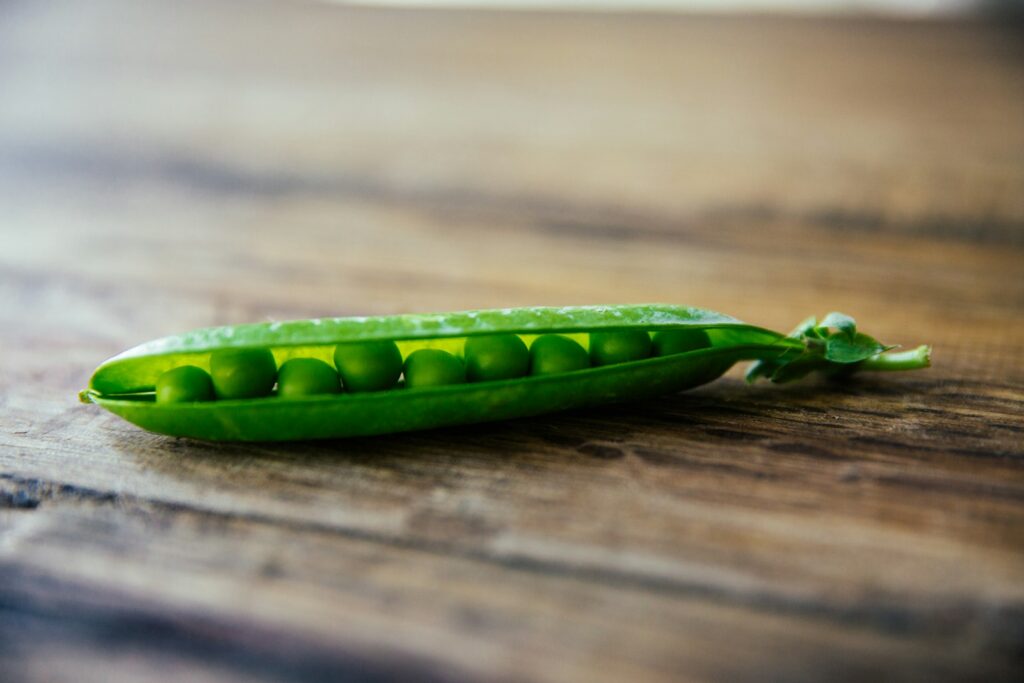
- Benefits: Green beans are rich in vitamin K, which supports bone health, and are packed with fiber to aid digestion. They’re also low in calories, making them an excellent snack for overweight dogs.
- How to Serve:
- Raw: Wash thoroughly and serve whole or chopped.
- Steamed: This softens the beans for easier chewing.
- Pro Tip: Avoid canned green beans with added salt or preservatives.
3. Cucumbers
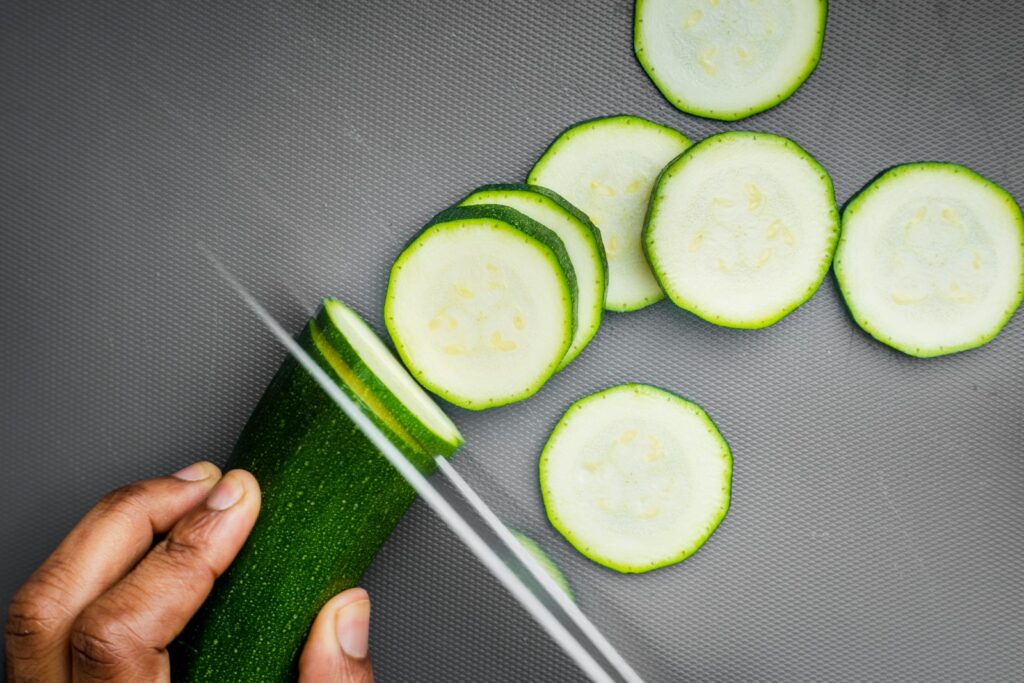
- Benefits: Cucumbers are hydrating and low in calories, making them a refreshing treat, especially during hot weather. They’re also rich in vitamins K, C, and B1.
- How to Serve:
- Raw: Slice into small, manageable pieces.
- Frozen: Freeze cucumber slices for a cooling summer snack.
- Pro Tip: Remove the seeds if your dog has a sensitive stomach.
4. Sweet Potatoes
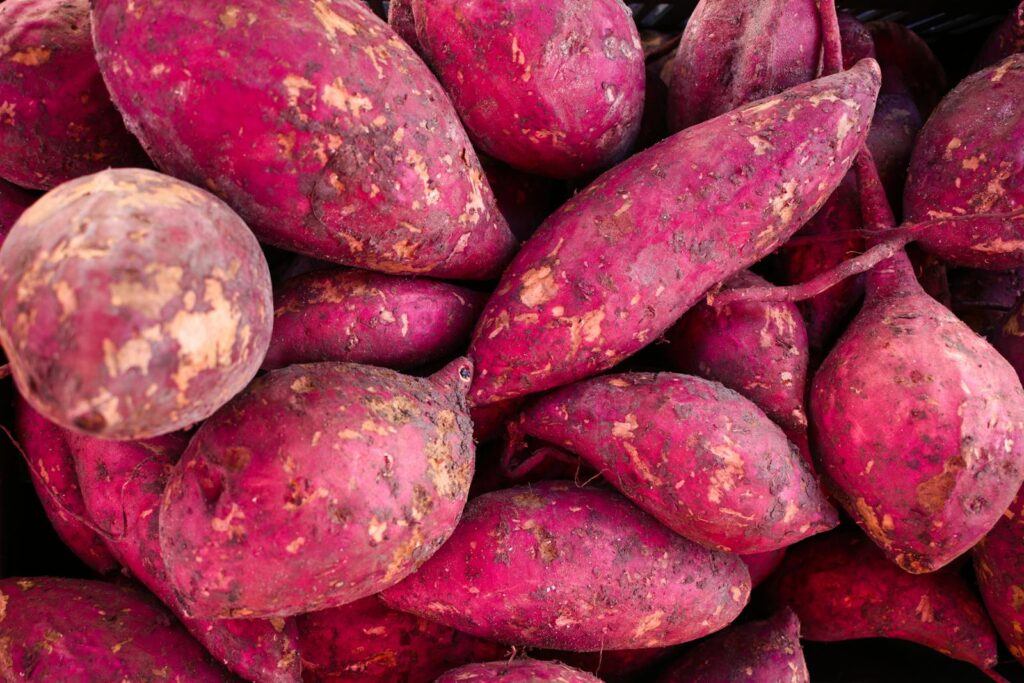
- Benefits: Sweet potatoes are a powerhouse of beta-carotene, which supports eye health, and are rich in fiber to aid digestion. They’re also a great source of vitamins B6 and C.
- How to Serve:
- Cooked: Boil, steam, or bake (without seasoning) and mash for easy consumption.
- Dehydrated: Slice thinly and dehydrate for a chewy treat.
- Pro Tip: Avoid feeding raw sweet potatoes, as they can be hard to digest.
5. Pumpkin
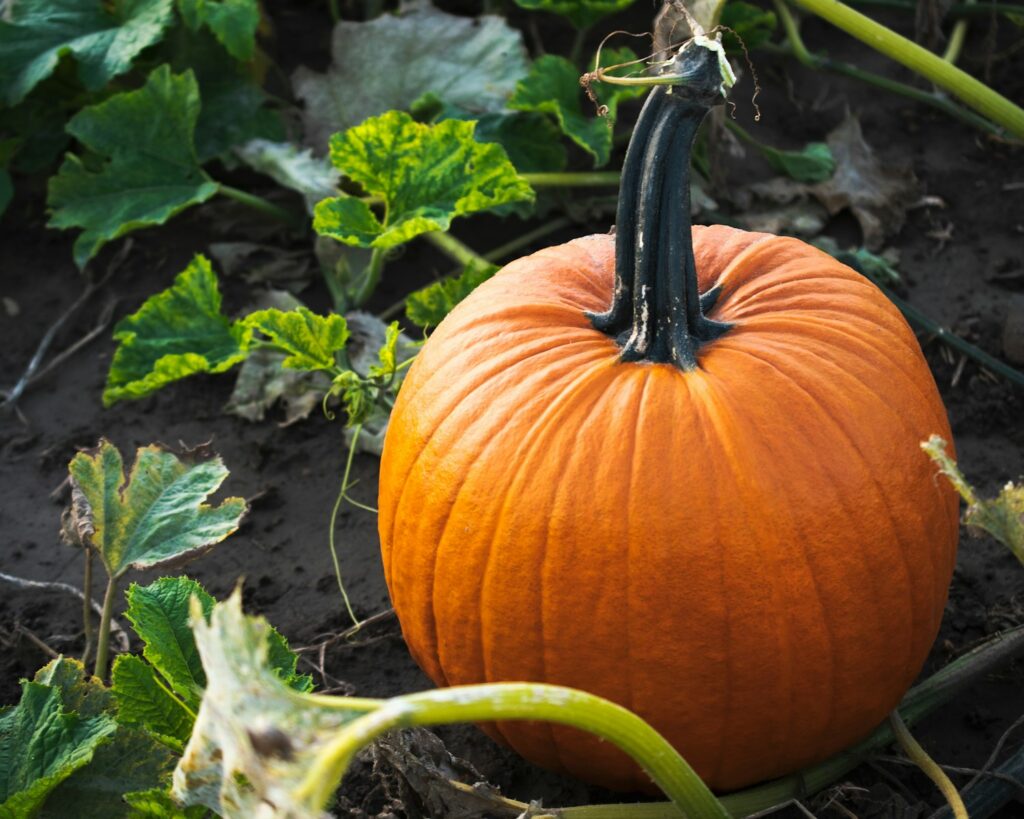
- Benefits: Pumpkin is a go-to remedy for digestive issues. It’s high in fiber, which helps regulate bowel movements, and is rich in vitamins A, C, and E.
- How to Serve:
- Canned: Use plain, unsweetened pumpkin (not pumpkin pie filling).
- Cooked: Steam or bake fresh pumpkin and mash it.
- Pro Tip: A spoonful of pumpkin can help with both diarrhea and constipation.
6. Zucchini
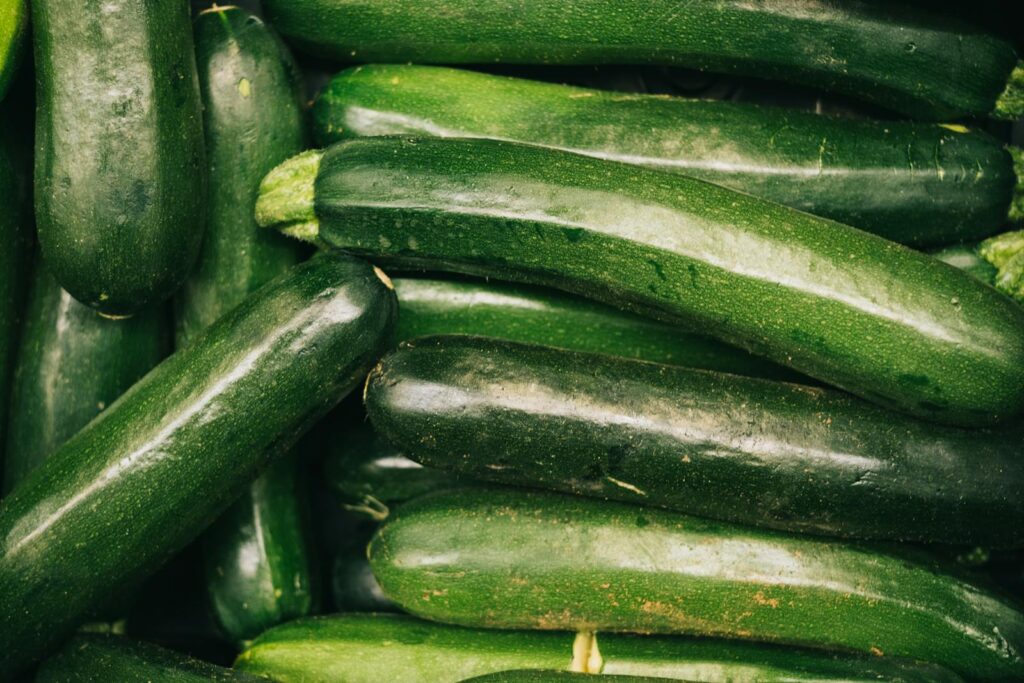
- Benefits: Zucchini is low-carb and easy to digest, making it a great option for dogs on a diet. It’s also rich in vitamins A and C, as well as potassium.
- How to Serve:
- Raw: Grate or chop into small pieces.
- Cooked: Steam or bake for a softer texture.
- Pro Tip: Remove the skin if your dog has trouble digesting it.
7. Peas
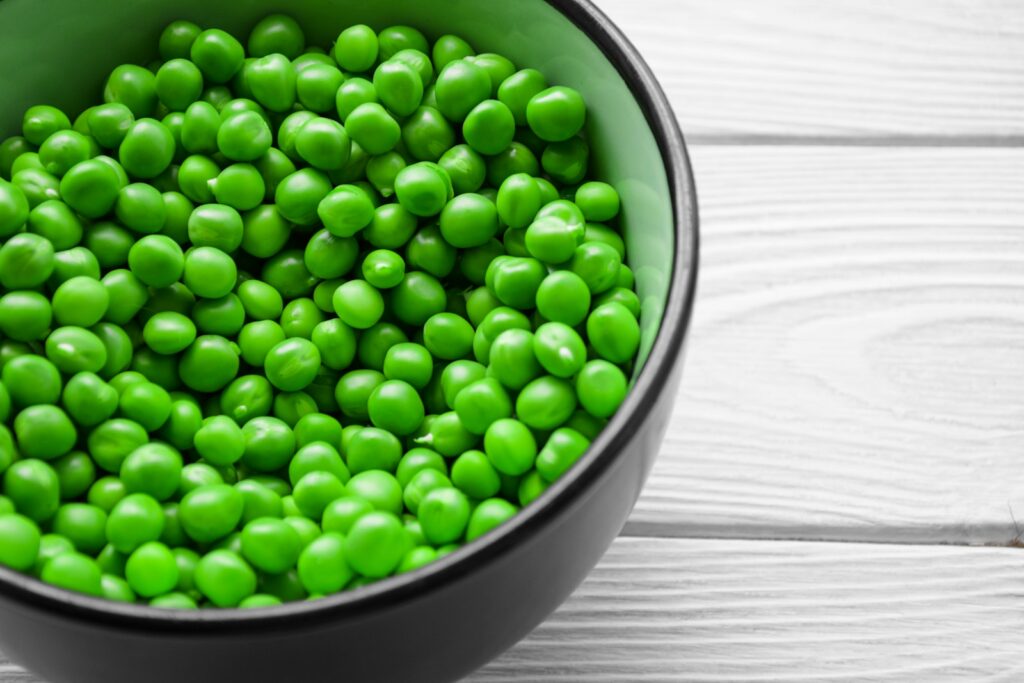
- Benefits: Peas are packed with protein and fiber, making them a nutritious addition to your dog’s diet. They’re also rich in vitamins A, K, and B.
- How to Serve:
- Fresh or Frozen: Thaw frozen peas before serving.
- Cooked: Lightly steam for easier digestion.
- Pro Tip: Avoid canned peas, which often contain added sodium.
8. Broccoli
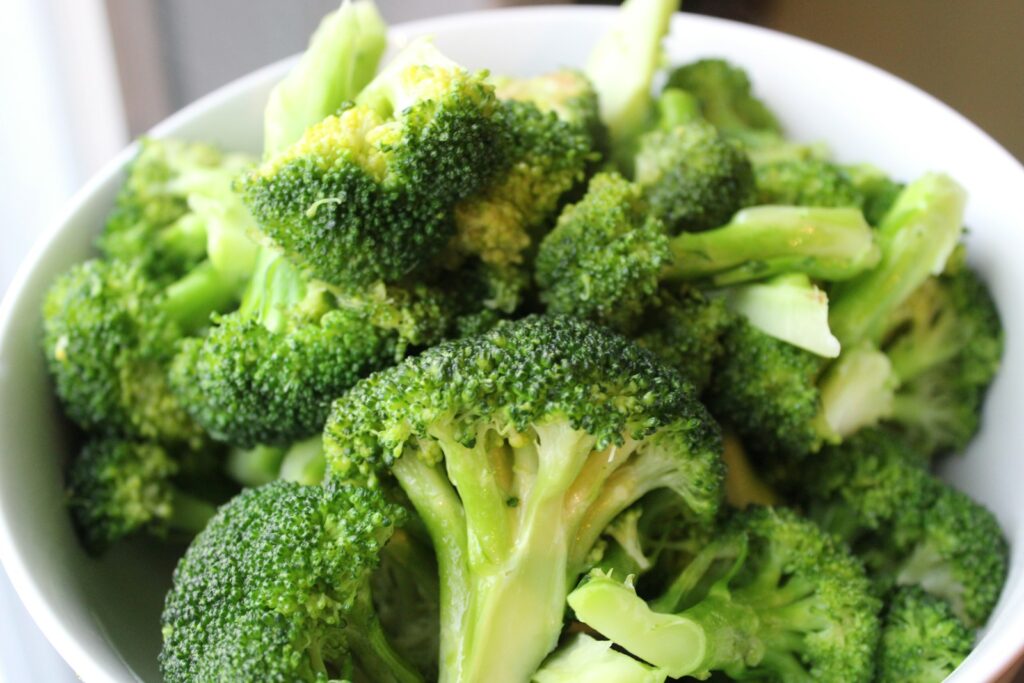
- Benefits: Broccoli is a nutrient-dense vegetable, rich in vitamins C and K, fiber, and antioxidants. However, it should be fed in moderation due to its potential to cause gas.
- How to Serve:
- Raw: Chop into small florets.
- Steamed: This softens the florets and stems for easier digestion.
- Pro Tip: Limit broccoli to less than 10% of your dog’s daily diet to avoid gastrointestinal upset.
How to Introduce Vegetables to Your Dog
- Start Small: Begin with a small portion to ensure your dog tolerates the vegetable well.
- Monitor for Allergies: Watch for signs of itching, vomiting, or diarrhea.
- Mix with Regular Food: Add chopped or mashed veggies to your dog’s kibble for a gradual introduction.
Pro Tip: Introduce new veggies gradually to monitor for allergies.
Vegetables Dogs Should Avoid
Some vegetables are toxic or harmful:
- Onions & Garlic: Damages red blood cells, causing anemia.
- Mushrooms: Wild varieties can be poisonous; stick to store-bought.
- Avocado: Contains persin, which may cause vomiting (though small amounts of flesh are usually safe).
- Tomatoes: Ripe fruit is safe, but green parts contain solanine.
- Rhubarb: Oxalic acid harms kidneys and nervous systems.
When in doubt, consult your vet before offering new foods.
How to Prepare Vegetables for Dogs
Maximize safety and nutrition with these tips:
- Wash Thoroughly: Remove pesticides and dirt.
- Cook vs. Raw: Soften hard veggies (e.g., sweet potatoes) by steaming or boiling. Avoid seasoning.
- Chop Finely: Prevents choking, especially for small dogs.
- Avoid Additives: Skip butter, oil, salt, and spices.
Portion Control: How Much Is Too Much?
Vegetables should make up no more than 10% of your dog’s diet. Overfeeding can lead to:
- Digestive upset (diarrhea or gas)
- Nutrient imbalances
Serving Tips:
- Small dogs: 1–2 teaspoons daily
- Large dogs: 1–2 tablespoons daily
FAQs About Dogs and Vegetables
Q: Can dogs eat vegetables every day?
A: Yes, in moderation. Rotate veggies for varied nutrients.
Q: Are frozen vegetables safe?
A: Yes! Thaw or lightly cook them first.
Q: Do dogs need vegetables?
A: While not essential, they add valuable nutrients to commercial diets.
Q: Can dogs be allergic to vegetables?
A: Rare, but watch for itching, vomiting, or lethargy.
Conclusion: Veggies Can Be a Pawsitive Addition!
Incorporating vegetables into your dog’s diet can enhance their health—when done wisely. Stick to safe options, avoid toxic varieties, and prioritize moderation. Always consult your veterinarian before making dietary changes, especially for dogs with health conditions.
Found this guide helpful? Share it with fellow dog lovers! 🐾 Have more questions? Drop a comment below or book a consultation with your vet to tailor a veggie-friendly meal plan for your pup.


